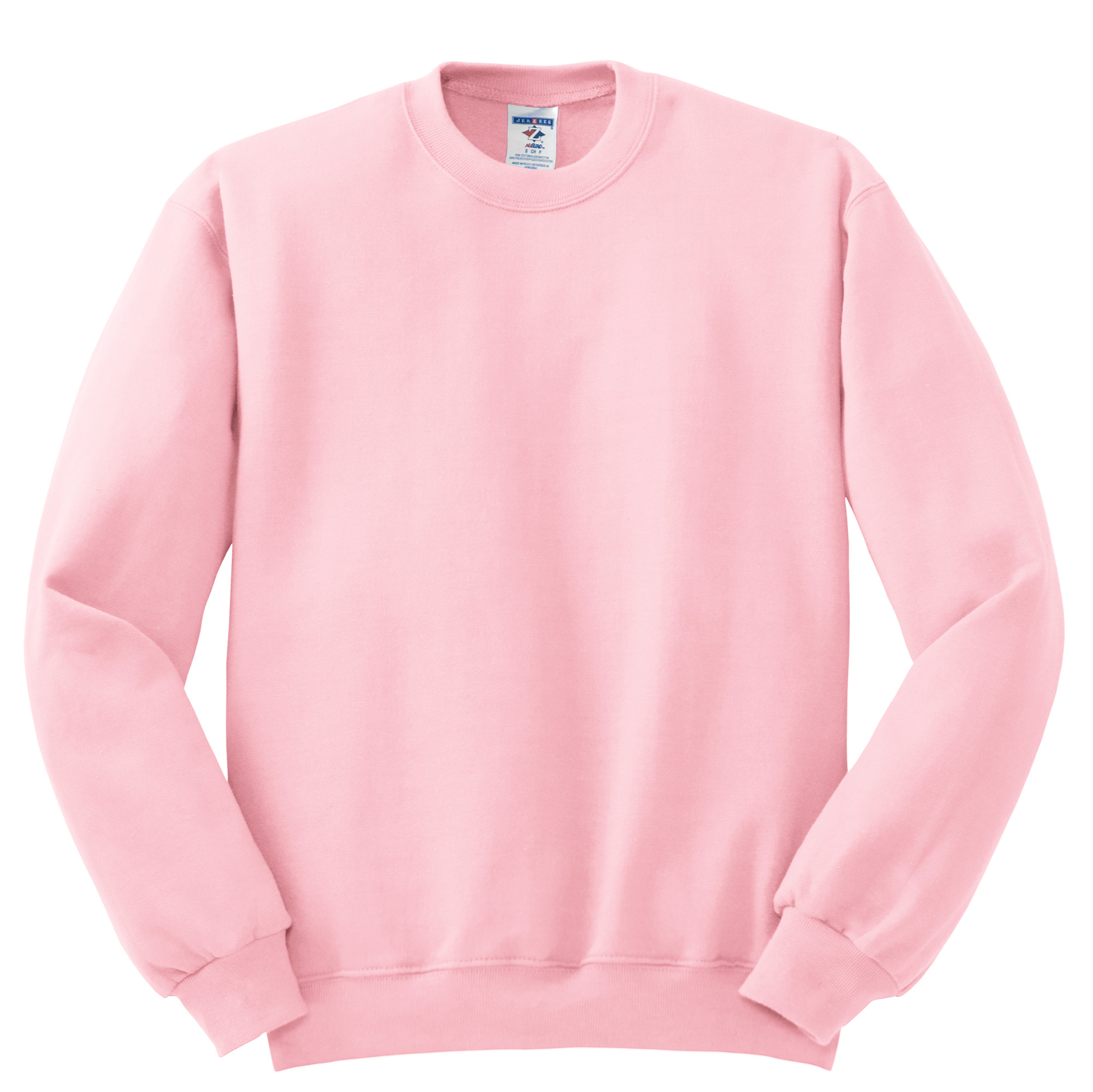Sweatshirts are long-sleeved, pullover garments constructed from thick cotton fabric. They are generally worn as casual clothing and are not as formal as sweaters or cardigans. They may not have a Hood. If you are interested in buying a sweatshirt here are some tips:
Norma Kamali spread the appeal of sweatshirts

Since the late 1970s, Norma Kamali has been turning the humble sweatshirt into an art. Her designs have become the staple of almost every woman's closet. Her distinctive styles vary from a tummy-tucking neckline to thick leather sweatshirts. She has also created clothing in unusual forms, such as tanks with long trumpet skirt.
A partnership with the brand and sweatshirt maker Everlast gave rise to her Timeless line, which was an instant hit when it debuted in the Spiegel spring 2006 catalog. The collection featured knits that could be interchangeable or convertible in classic silhouettes and a lot of pieces were priced at less than $20. Even the Kamali's Timeless collection was not available in stores, buyers could still find these designs on eBay as well as Poshmark.
Merino wool sweatshirts tend to be more comfortable than soft sweatshirts
Merino wool is well-known for its moisture-wicking properties that help keep you dry and comfortable. It is a natural fibre that also offers a smoother and more comfortable feeling. It is also quick to dry when compared with other natural materials. Furthermore, merino is a renewable resource. The merino sheep shed their coats each year, and then grow new coats.
Merino's weight-to-heat ratio is high, and the warmth of wool makes it popular for sweatshirts. https://squareblogs.net/fingerrobert45/exactly-what-you-need-know-about-sweatshirts-xl5m assists in regulating body temperature due to its loft that naturally retains heat between the fibers. This is the reason Merino wool sweatshirts work perfect for summer and outdoor activities such as mountain biking, hiking and running. The warmth they provide ensures that the wearer stays cool and dry, which is crucial for working out.
Zip-front hoodies come with kangaroo pockets.
Kangaroo pocket Hoodies are a well-loved style of hoodies. They have a huge pocket in the front, which helps keep your hands warm during cold days. They are much more practical than traditional pockets, since they allow your hands to slide into and out easily.
Kangaroo pockets are typically large enough to accommodate an entire wallet or smaller personal items. sweat shirts enough to fit the palm of a hand that is small and are sufficient to hold two hands. They feature wide openings on both sides and are ideal for carrying small objects.
French Terry fabric is a popular fabric for sweatshirts.
The French terry fabric is made of soft yarns knitted into loops and is usually mid-weight. It is also famous for its ability to wick moisture and is already pre-shrunk. French Terry is an excellent option for sweatshirts as it keeps you warm when you need it and also keeps your cool when you want to cool off.
French Terry is also a popular choice for casual wear, as it has enough stretch and flexibility to feel comfortable against your skin. It also allows for enough air to circulate throughout the fabric, making it ideal for layering under other clothing. Furthermore, because it's lighter than most sweatshirts, you can wear it throughout the year without feeling hot or cold.
Hoodies can be classist.
Although it might appear that hoodies are simply an appropriate garment for people of the working class, the reality is that they carry classist connotations. Hoodies were first popularized in the early 1970s in New York, where graffiti artists wore them to hide their identities. In 1976 the hoodies made their big film debut in "Rocky," when the working-class title character wore grey sweats that were hooded during his memorable climb to the top of the steps of the Philadelphia Museum of Art.
Hoodies are usually linked to death, destruction, and other undesirable items, yet they serve a practical purpose. For example, monks and priests can wear hoods to demonstrate respect and a sense of self-control.
